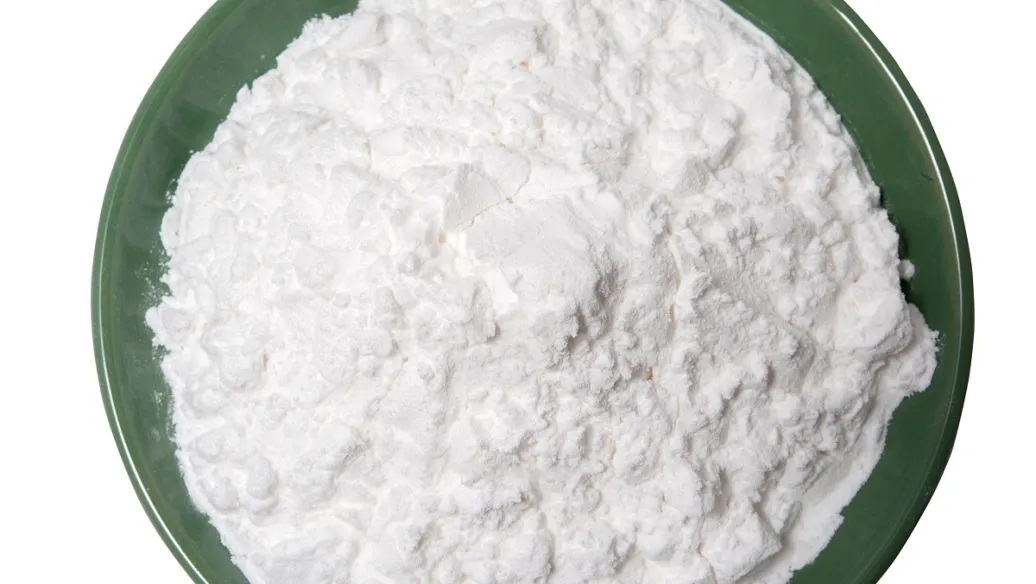
10 月 . 12, 2024 11:42 Back to list
Exploring Various Types and Applications of Titanium Dioxide
Understanding the Different Types of TiO2 A Comprehensive Overview
Titanium dioxide (TiO2) is a versatile and widely used compound with significant applications in various industries. Its properties, such as high refractive index, stability, and non-toxicity, make it a popular choice in pigments, coatings, and even food products. Understanding the different types of TiO2 is essential for harnessing its full potential in various fields. This article aims to provide an overview of the three primary types of titanium dioxide rutile, anatase, and brookite.
1. Rutile
Rutile is the most common and commercially significant form of titanium dioxide. It is characterized by its high refractive index and strong UV light absorbing ability, which contributes to its effectiveness as a pigment. Rutile TiO2 is known for its superior hiding power and brightness, making it the preferred choice in paint, plastics, and paper industries. Its stability at high temperatures, resistance to harsh chemicals, and durability in outdoor environments further enhance its desirability.
Rutile TiO2 can be synthesized through various methods, including the sulfate process and the chloride process. The chloride process is known for producing rutile with high purity and superior performance characteristics, making it increasingly popular in high-quality applications.
2. Anatase
Anatase is another polymorph of titanium dioxide, which has distinct physical properties compared to rutile. Anatase possesses a lower refractive index and is generally less opaque than rutile. However, it is often favored for its photocatalytic properties, making it an important component in various environmental applications, such as air and water purification. In addition to its photocatalytic abilities, anatase is also used as a white pigment in various products due to its brightness and opacity, though it is typically less durable than rutile.
Anatase is often produced through the hydrolysis of titanium tetrachloride or the thermal decomposition of titanium oxalate. Due to its unique properties, anatase is also employed in applications such as solar cells and in the production of self-cleaning surfaces.
tio2 types

3. Brookite
Brookite is the least common form of titanium dioxide and is often less well-known compared to rutile and anatase. Its unique crystalline structure gives it different physical and chemical properties. While brookite exhibits photocatalytic activity similar to anatase, it generally has lower commercial importance due to its less favorable processing characteristics and lower stability.
Brookite is mainly found in nature and is sometimes used in specialized applications, including ceramics and certain electronic components. Research into brookite is still ongoing, as scientists explore its potential uses in various cutting-edge technologies.
Comparisons and Applications
When comparing rutile, anatase, and brookite, it is essential to consider their unique properties and applications. Rutile, with its excellent light-scattering properties, is predominantly used in the production of paints, coatings, and plastics. Conversely, anatase shines in environmental applications due to its photocatalytic abilities, while brookite remains limited to niche markets.
The choice of titanium dioxide type often depends on the specific requirements of the application at hand. For instance, when durability and brightness are paramount, rutile is the go-to option. For applications requiring photocatalysis, such as environmental remediation, anatase might be the more appropriate choice.
Conclusion
In summary, the different types of titanium dioxide—rutile, anatase, and brookite—each offer unique properties and applications. As industries continue to explore innovative ways to utilize TiO2, understanding these differences becomes increasingly important. Whether for pigment production, environmental applications, or advanced technologies, titanium dioxide remains a fundamental compound with vast potential in various fields. As research progresses, we can expect to see new applications and improvements that will further expand the usage of this remarkable material.
-
Lithopone for Plastic & TiO2 R-5568/SK-6658 Masterbatch Solutions
NewsMay.30,2025
-
China Leading Rutile TiO2 Manufacturer - R5566 & R996 Grades Available
NewsMay.30,2025
-
High-Purity Anatase & Rutile TiO2 Powder Trusted Manufacturer
NewsMay.30,2025
-
High-Purity Anatase Products Trusted Supplier & Manufacturer
NewsMay.29,2025
-
Best Price Eco-Friendly Rutile TiO2 Supplier & Wholesale Factory
NewsMay.29,2025
-
Chinese Anatase Titanium Dioxide for Ceramic Glaze Reliable Supplier
NewsMay.29,2025
